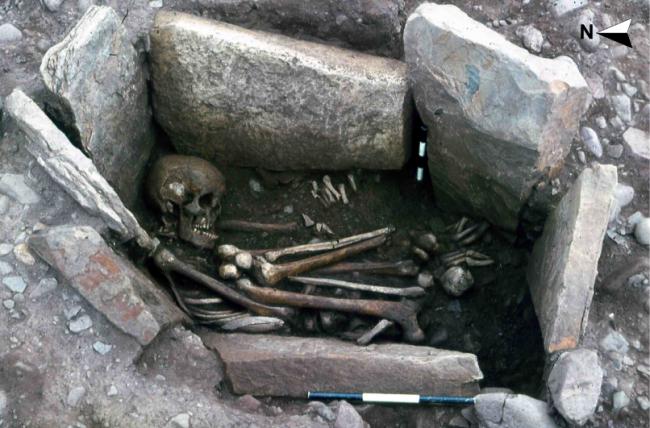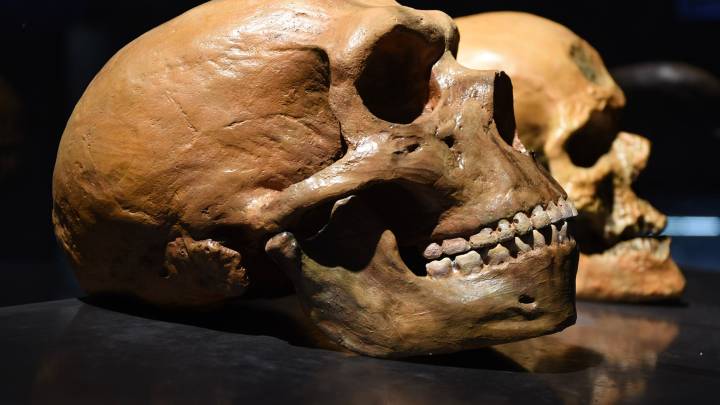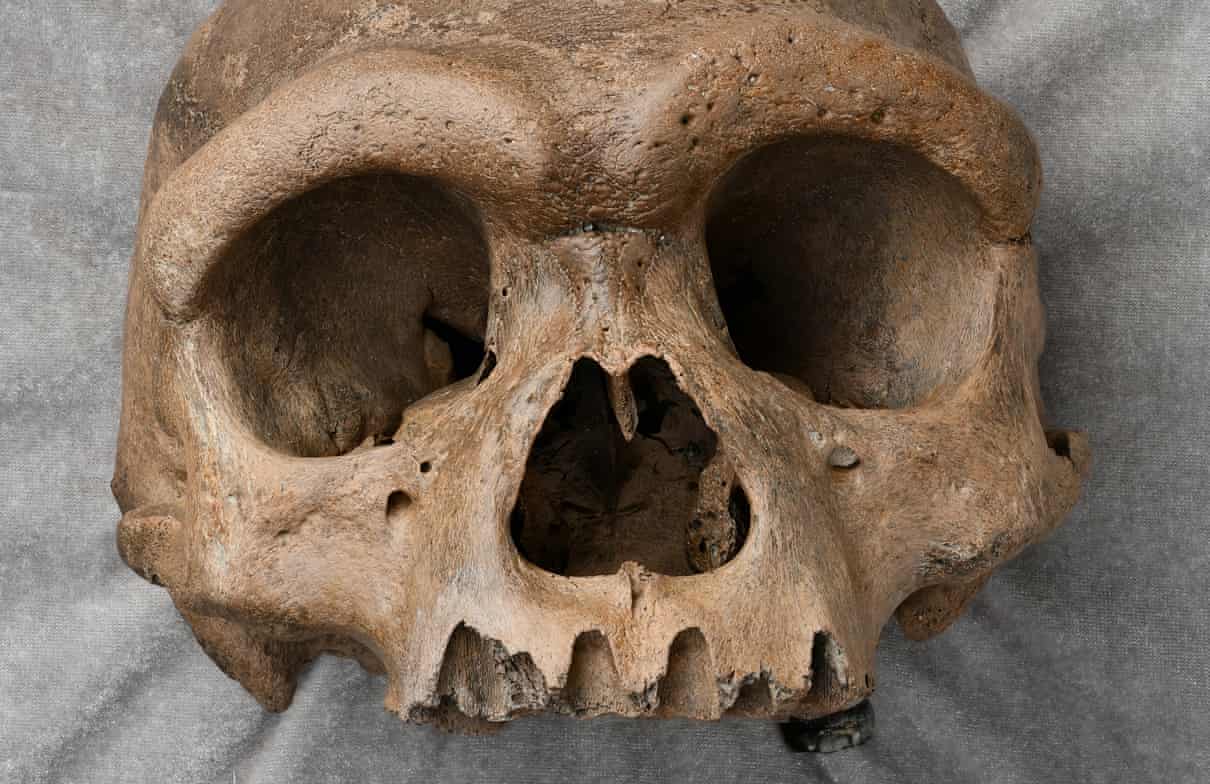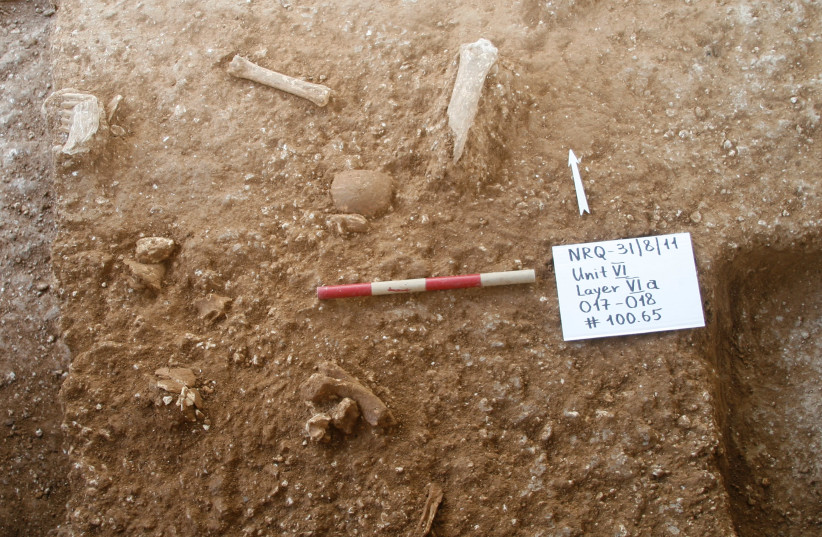
One of the graves at the site Pic: Broxmouth Project Archive
They were a people who lived almost two thousand years ago, who would have been on nodding terms with the legions of Roman Britian and who may have decorated their homes with the severed limbs and heads of their enemies.
Yet despite the gulf of time and taste in interior decoration which separates the ancient inhabitants of Scotland and its modern population today, it appears that holding onto mementos of loved ones was just as important then as it is now.
A fresh analysis of artefacts uncovered at the Broxmouth hillfort site, near Edinburgh, has raised the tantalising prospect that everyday items were kept by iron Age people as an emotional reminder of those no longer there, and a ‘continuing bond’ with the deceased.
Read the rest of this article...


/cloudfront-ap-southeast-2.images.arcpublishing.com/nzme/ACSFEABNQCVEXV76IQFJBX573M.jpg)
